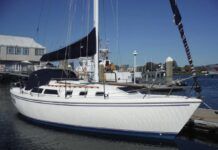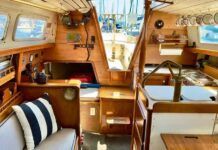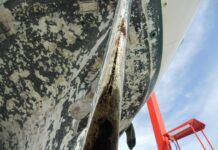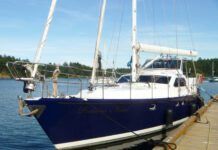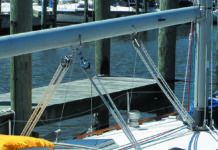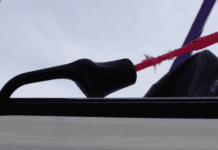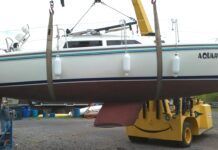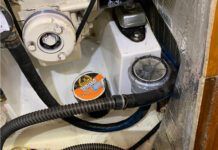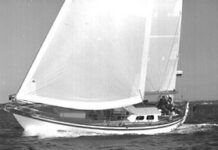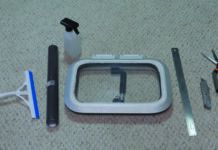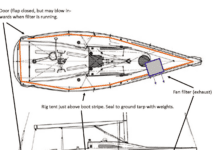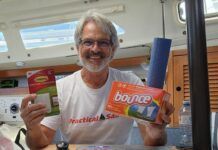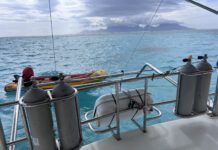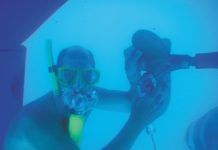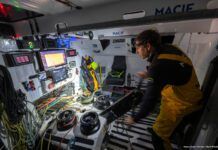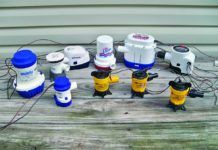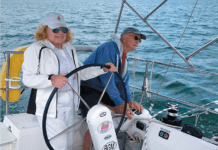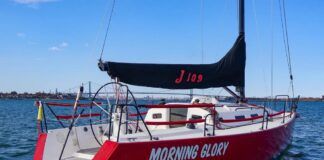If you had any doubts how serious we are about testing equipment here at Practical Sailor, check out the story on safety harnesses, beginning on page 24.
To our good fortune, Skip Allan, a noted TransPac veteran whose many sailing accolades date back to the early 1960s, oversaw the project. Shortly after the first batch of harnesses arrived at his home in Capitola, Calif., Allan, assisted by photographer-sailor Sherry McKillop, was hurling himself off the side of his 27-foot racing sloop Wildflower into the chilly waters of Santa Cruz Bay. Splash, jerk, ugh!
I do a lot of singlehanded ocean sailing, so this is something I care very strongly about, Allan told us prior to the test. Theres a lot to be said about these devices. Theres a lot people don’t know.Allans approach not only gave these devices a proper real-life evaluation, they also graphically demonstrated something that he and other solo sailors have known for a long time: Not only can a harness save your life, it can also kill you.
Dragged behind his boat at speeds up to six knots, Allan had to pull on the tether with both arms in order to keep his head above water. On a faster boat, only an exceptionally fit sailor would be able to pull himself back on board alone. The combination harness/inflatable PFDs in the test helped keep his head afloat, but the bulky inflated vests proved to be a serious impediment when trying to roll under the lifelines.
Our other big gripe? The prospects of finding a harness suitable for someone shorter than 5 feet, 5 inches, which includes most women sailors, arent good. A harness that is too big and falls below the rib cage can possibly harm internal organs when jerked taught in an overboard incident.
Allan will take a closer look at this in his next article in this series, which will address safety tethers. Although a long tether allows far more freedom of movement while working on deck, it makes it difficult, if not impossible, for a sailor to safely get back on board without help.
Following the review of tethers, Allan will examine various jackline materials on the market, as well as discuss our recommendations for routing jacklines and placing fixed clip-in points on deck.
The harness test offers an appropriate finish to our coverage for this year, highlights of which you can find in our Gear of the Year wrap-up, which begins on page 11. We opened the year with noted safety expert John Rousmanieres study of crew-overboard recovery devices, and now we end it with Allans look at harnesses.
Given the great difficulty involved in rescuing crew overboard, a good harness clearly takes priority. In its simplest terms, cruising is the fine art of keeping your neck above water. And as both Rousmaniere and Allan rightly conclude, this is infinitely easier to accomplish while you are still on the boat.
Darrell Nicholson, Editor



